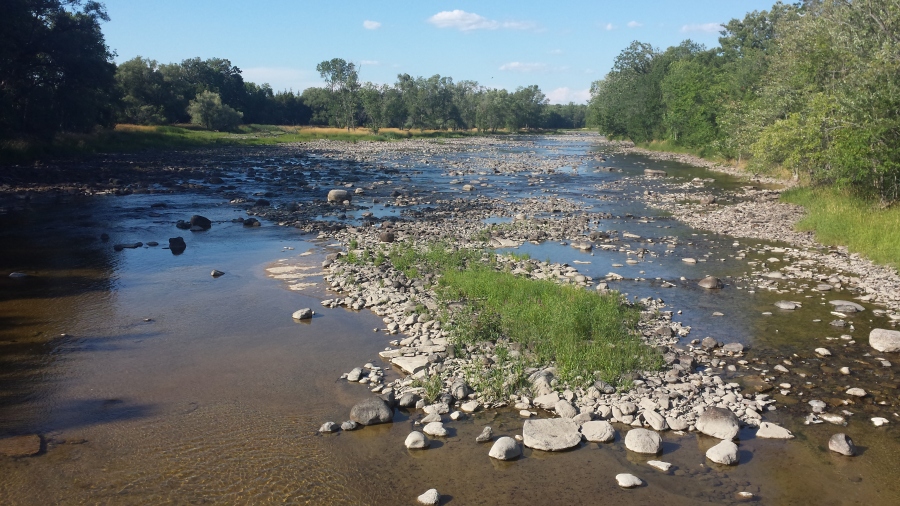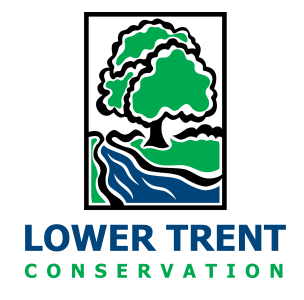
Lower Trent Conservation is celebrating its 50th anniversary! To commemorate this milestone occasion, we have released our ’50 in 50′ historical blog series. This special series features 50 articles highlighting some of the achievements, milestones and events of the past 50 years. We hope you enjoy them!
Remember 2016? It was the ‘Year of the Drought’ in the Lower Trent watershed region!
The most severe drought in recent history occurred that year. The 7-month drought lasted from June 2016 into February 2017. Drought conditions were declared based on the Provincial Low Water Response Program criteria for precipitation and streamflow. A Level 1 Low Water Condition was declared by Lower Trent Conservation on June 3rd due to lack of rainfall and low flows in local creeks and streams. It was upgraded to Level 2 on July 4th, and to Level 3 (the most severe condition) for Stirling-Rawdon and Centre Hastings in the northeastern portion of the watershed region on September 1st. Several rural landowners reported dry wells and the Stirling municipal system was stressed. The drought advisory was lifted by Lower Trent Conservation on February 10, 2017.

Lack of precipitation affects the quantity of stream flow and groundwater, resulting in water shortages for human use including health, industrial development, agriculture, and recreation. In addition to impacting human activities, ecological impacts are also felt as wetlands and streams dry up and vegetation dies off. Low water in streams also results in deteriorated water quality as there is less dilution. The lowest amount of precipitation and stream flows generally occur in August and September, but January and February can also be dry months.
The Province established the Ontario Low Water Response Program in 2000 to respond to drought-like conditions. Lower Trent Conservation’s role in the program is to establish and coordinate a watershed-based Water Response Team for the Lower Trent watershed region should low water become an issue. This Team may consist of municipal, agriculture, industry, business, recreation, and government representatives from the watershed region. The Team assesses current precipitation and stream flow conditions in the region and responds in various ways to conserve our water resources. The response could range from issuing communications that advocate water conservation practices and water use reductions, to making recommendations to the Province concerning water allocations.

Historically, periods of dry weather and low water levels, or drought, were relatively uncommon in Ontario occurring once every 10-15 years. However, recent studies indicate that low water levels may become more common as the Province’s demand for water steadily increases, and climate change impacts weather patterns and water availability.
Lower Trent Conservation monitors precipitation and stream flow as part of the Ontario Low Water Response Program. The program does not currently include groundwater indicators, but anecdotal information about local wells is taken into consideration. In average years, there are some brief localized water shortages for rural wells, but overall, there are no widespread water quantity concerns in our watershed region.

